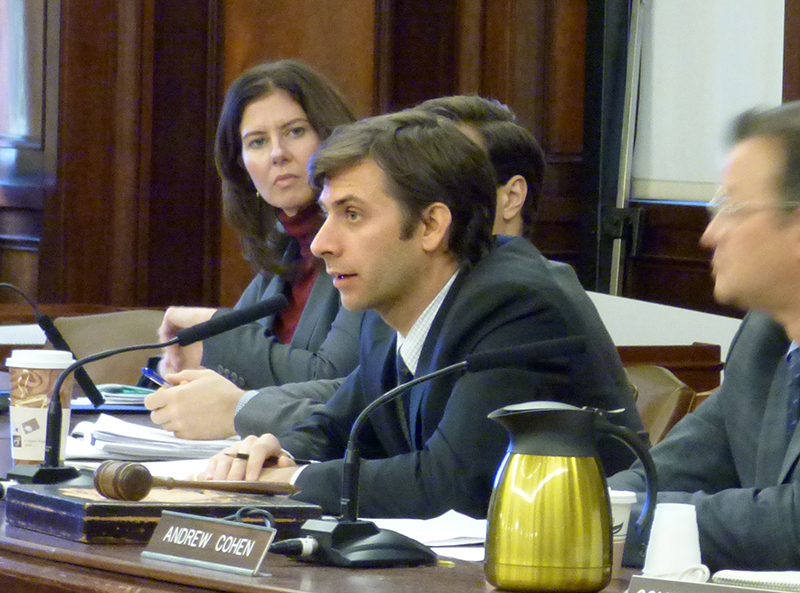EXCLUSIVE: How Levin crafted final deal for Brooklyn Heights Library
Negotiations went down to the wire

On Saturday, Levin sat down with the Brooklyn Eagle and described in greater depth some of the thinking that went into crafting the final outline of the deal to sell and develop the Brooklyn Heights Library. Photo by Mary Frost
Councilmember Stephen Levin has called the proposal to sell and develop the Brooklyn Heights Library branch at 280 Cadman Plaza West “the most controversial issue I’ve seen in my district since being elected in 2009.”
After almost three years of polarizing debate and sometimes-raucous public hearings, the proposal was approved last week by the City Council Land Use Committee and was overwhelmingly passed by the full Council on Wednesday.
The approval came after Levin announced a host of concessions he had wrung from the developer, the city and Brooklyn Public Library (BPL).

Brooklyn Heights
View MoreRead the Brooklyn Height's Press and Cobble Hill News. Find out more about Brooklyn Height's History here.